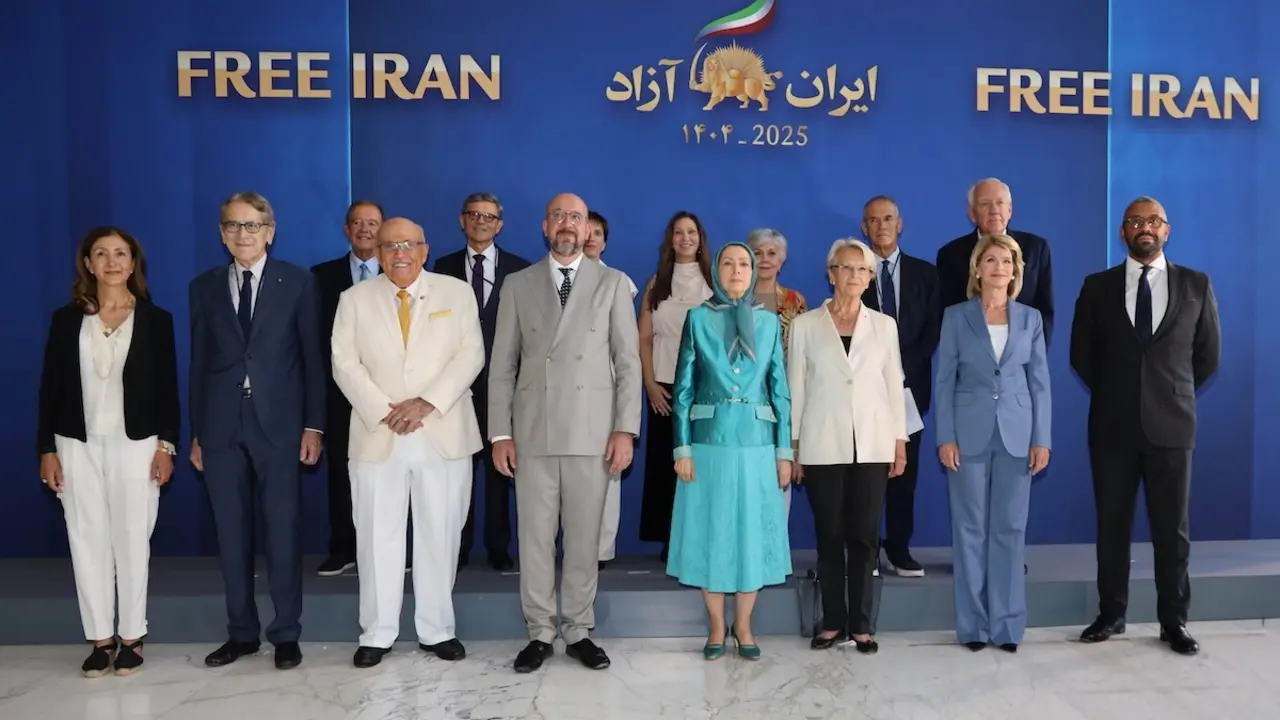Risks and opportunities of extremism and violence in politics

In recent years, many countries around the world have witnessed an increase in the aggressiveness of political discourse. In these, the arguments have focused on generating emotions and seeking out enemies, be they anti-fascist groups, foreigners or the government itself, whichever is in charge of the nation at the time.
Although the rise of violence in politics can be seen as a negative aspect, it serves a function that is effective for those who know how to use it. However, the excessive use of, and support for, aggressive behaviour can have negative effects both politically and on the social fabric of a country.
Such behaviour is particularly dangerous when there is an escalation of violence in discourse. In such scenarios, alternative approaches should be considered, focusing on the long term and the common good, not on the immediate response against a competitor.

Politics, from a strategic point of view, can be understood as a conflict between several actors for those areas (voters) that various participants can influence. The Hotelling model has been very popular in explaining how political parties are distributed across the ideological spectrum and how the entry of new actors alters their behaviour (Osborne and Slivinski, 1993). When studying a political scenario, we must take into account aspects such as how many parties there are, what the electoral system is like (number of votes, how the seats assigned to each region are distributed, etc.), among others.
However, when assessing the entry of new actors, the functioning of the existing parties will be based on reducing the area of influence of these new actors, sacrificing the necessary minimum of their own. This is why, in a two-party system, where both candidates are relatively close to the centre, a new middle option tends to disappear; the attitude of the older parties will be to move their positions closer together, even at the risk of losing ideologically extreme voters, in order to encroach on the new party's area.
However, when these same centrist positions give way to parties that, from more extreme ideologies, begin to influence their electorate, affecting only one of them, the situation changes. In these cases, parties must struggle not to lose voters close to their respective extremes, without neglecting those whose ideologies are considered more 'centrist'.

Just as the political spectrum can be represented spatially, the population is distributed within this spectrum. As indicated in the previous section, more moderate parties tend not to move too close to the centre, as this might motivate more extreme voters not to vote for them. This is why extremist parties, if they are able to attract relatively moderate people, pose a threat to them.
On the other hand, voters' own ideology makes them more or less tolerant of ideas that differ from their own (Claassen , 2007). While more extreme voters act more inflexibly, those who are not may decide to vote for someone who is at a greater ideological distance from them, increasing the potential for more radical discourses.
On the other hand, the effectiveness of such discourses is closely linked to the ability to detect the issues that resonate most strongly with their target audiences (Gleaser, Ponzetto and Shapiro, 2004). Because appealing to emotions and exploiting the biases of the human mind are so effective (https://www.sec2crime.com/2020/11/07/los-sesgos-cognitivos-y-el-analista-de-inteligencia/), it is normal to observe the use of persuasive techniques in these speeches even more than in those of opponents who defend less radical positions.

Game theory https://www.sec2crime.com/2021/01/30/la-teoria-de-juegos-valoracion-de-escenarios-y-actores/ has been used for political analysis and in combination with Hotelling's model to explain the ease or difficulty with which new actors can enter. These principles can also be used to assess the effectiveness of including aspects of different policies in a discourse. Models derived from game theory allow the ease with which these can coexist to be assessed, depending on their convergence/divergence (Brusco, Dziubinski and Roy, 2010).
Within discourses, there has been an increasing rise of 'fake news' and emotional messages. This approach generates not only an effect of attracting audiences in favour of those who use them but, in turn, a greater rejection of the group that is being attacked.
The risk of this strategy does not lie in the type of discourse, which can be beneficial if the attraction effect generated is greater than the rejection received by the population by radicalising the discourse in one direction or another (Gleaser, Ponzetto and Shapiro, 2004). The problem arises when another party decides to respond in the same way, trying to exploit the advantage generated by the use of violent discourse. In the following table, we will represent the possible scenarios, with their relative value gains (the values indicate the order of preference of the two players).
As can be seen in the table, there are no equilibria in which both players benefit equally. In the case where this game is played only once, the best potential play is to be the first to act aggressively. However, elections are a process that is repeated several times. Under this condition, the most appropriate strategy is the establishment of an agreement, whereby in each game, one of the players has the greatest advantage.
However, this ideal solution is not feasible, since the generation of violence can hardly be organised in such a way that two opposing players decide to coordinate when one is going to attack more intensely than the other.
Therefore, in the event of a continued escalation of aggression, this is likely to lead to discontent on the part of the less radical supporters, as well as to a greater degree of polarisation between these two groups, and could lead to physically violent situations on the streets, as has already been observed in several countries.
The use of violence seems to be justified from an outcome point of view. Both studies and case studies have shown its potential beneficial effects for the perpetrator group. However, it is not without risks.
Excessive radicalisation of the discourse may result in the loss of followers who do not agree with these ideas or who find the direction taken by the party too aggressive. Moreover, the effectiveness of this technique can endanger society as a whole if it escalates into conflict with other opponents, both politically and purely socially.
Due to the short-term results that the incorporation of aggression and divergent ideas produces, it is unlikely that this type of discourse will disappear any time soon.
However, this does not imply that alternative strategies that mitigate the positive effects of such discourses cannot be sought. Some examples of this are the verification of information or the generation of an effect of rejection far greater than the attraction produced by this type of discourse in society as a whole. In essence, reducing the benefits and increasing the costs of such strategies to make them politically costly.
Nevertheless, one cannot ignore the fact that extremism and the most aggressive discourses do not always serve a utilitarian purpose and may be motivated purely by the ideology of one or more individuals.
Brusco, S., Dziubiński, M., & Roy, J. (2012). The Hotelling–Downs model with runoff voting. Games and Economic Behavior, 74(2), 447-469.
Claassen, R. L. (2007). Campaign activism and the spatial model: Getting beyond extremism to explain policy motivated participation. Political Behavior, 29(3), 369.
Glaeser, E. L., Ponzetto, G. A., & Shapiro, J. M. (2005). Strategic extremism: Why Republicans and Democrats divide on religious values. The Quarterly journal of economics, 120(4),1283-1330.
Osborne, M. J., & Slivinski, A. (1996). A model of political competition with citizen-candidates. The Quarterly Journal of Economics, 111(1), 65-96.
Álvaro Mota, Psychologist and Intelligence Analyst
Coordinator of the Intelligence Analysis Area of Sec2Crime www.sec2crime.com/inteligencia-articulos








